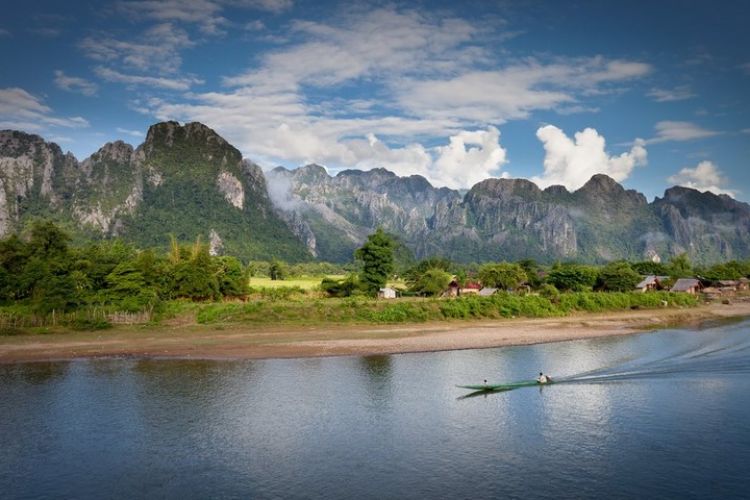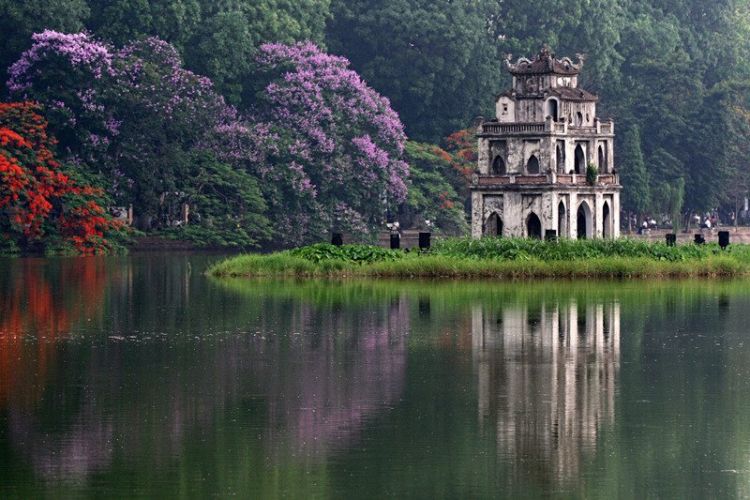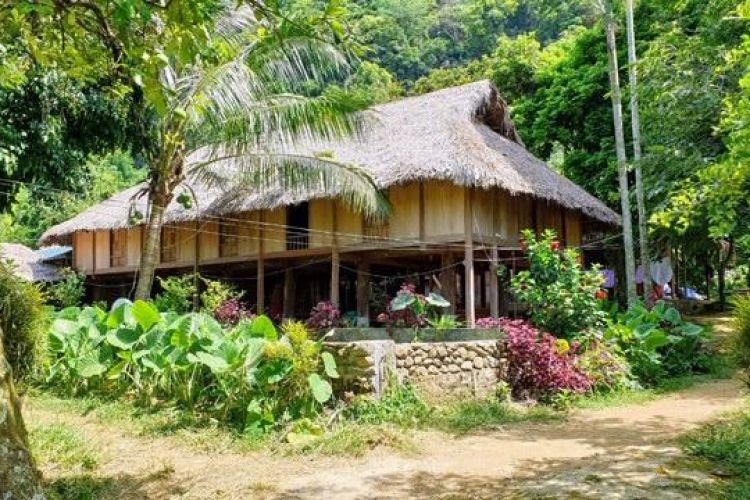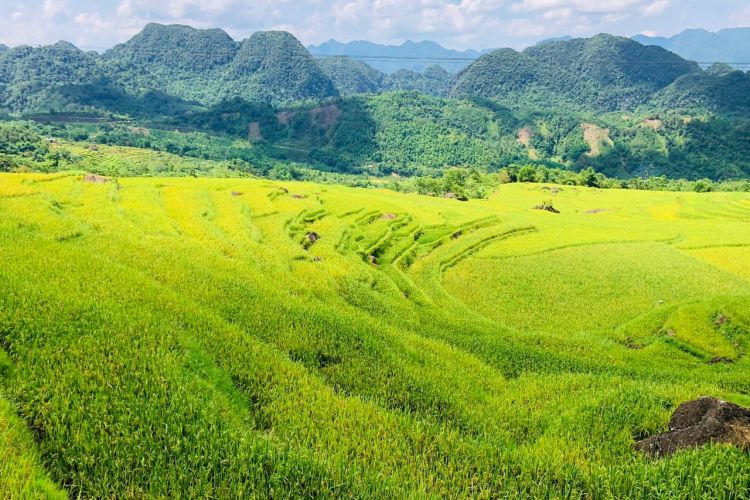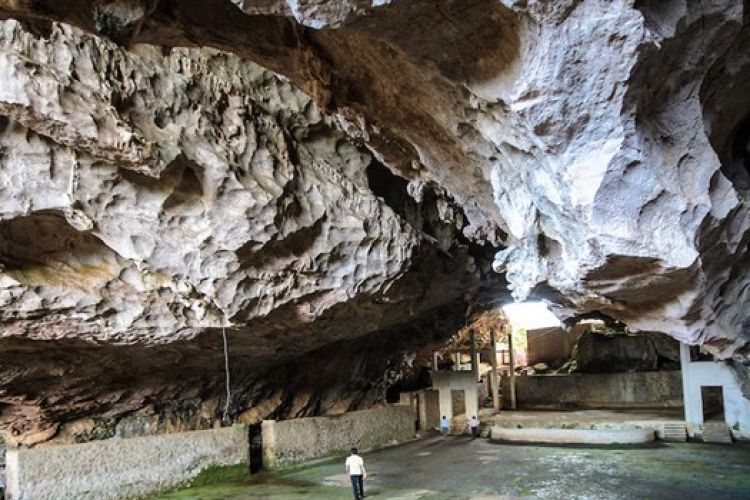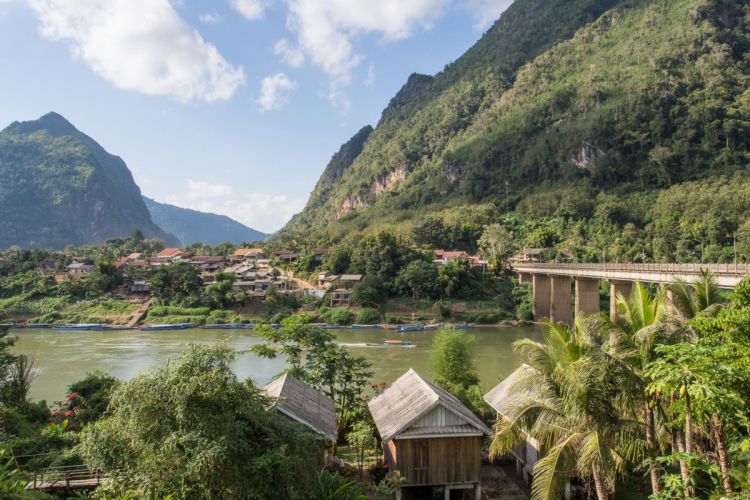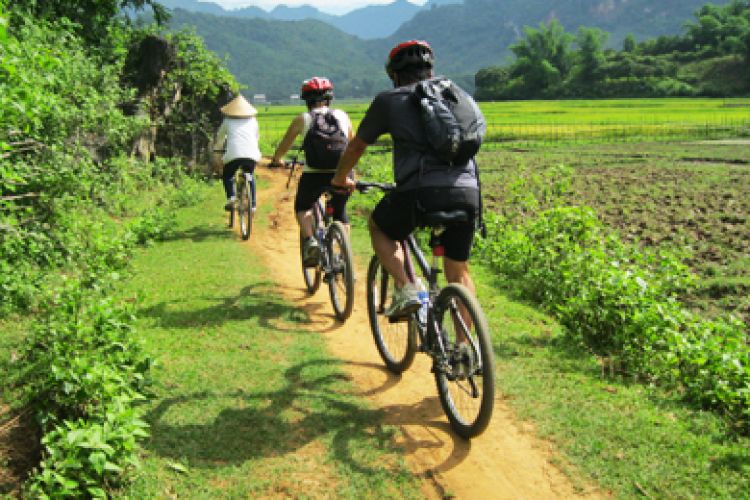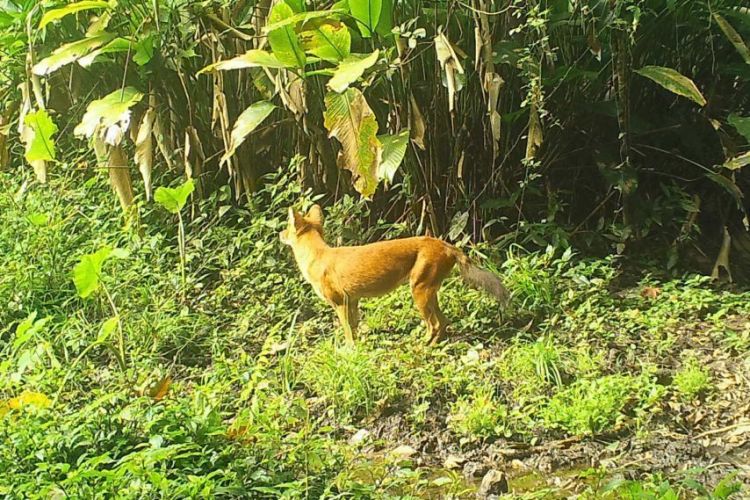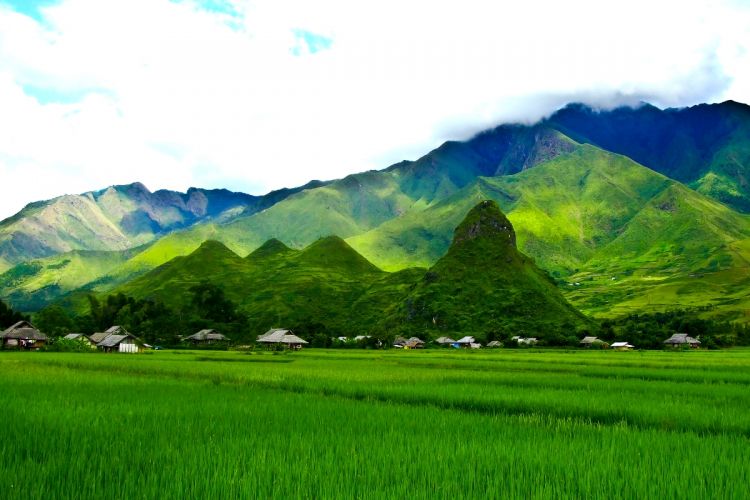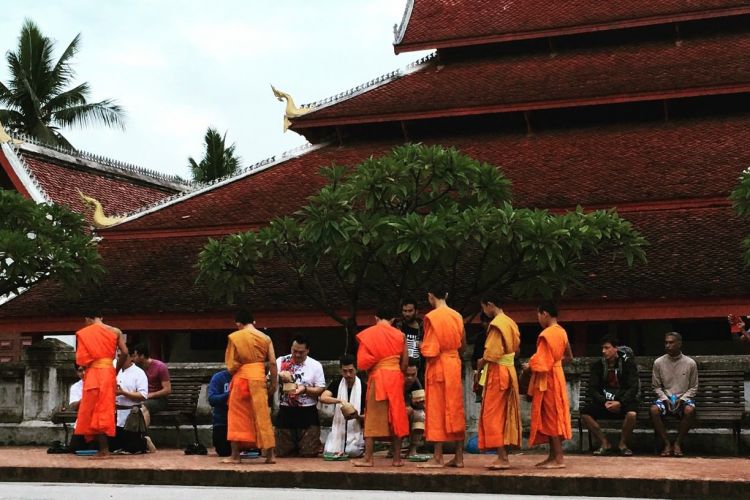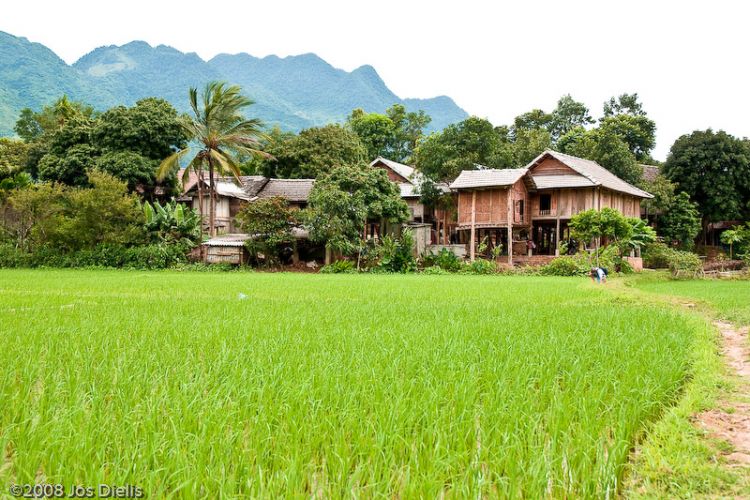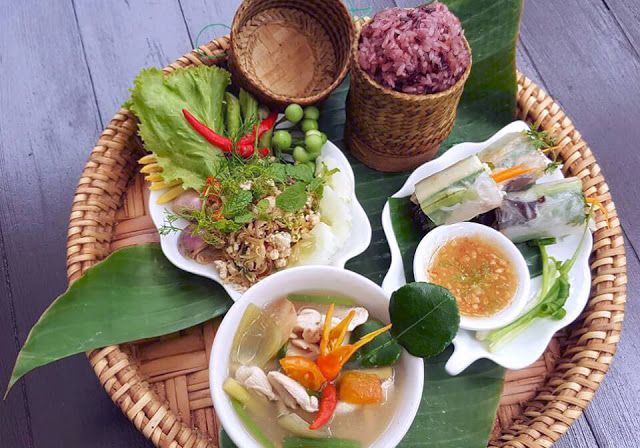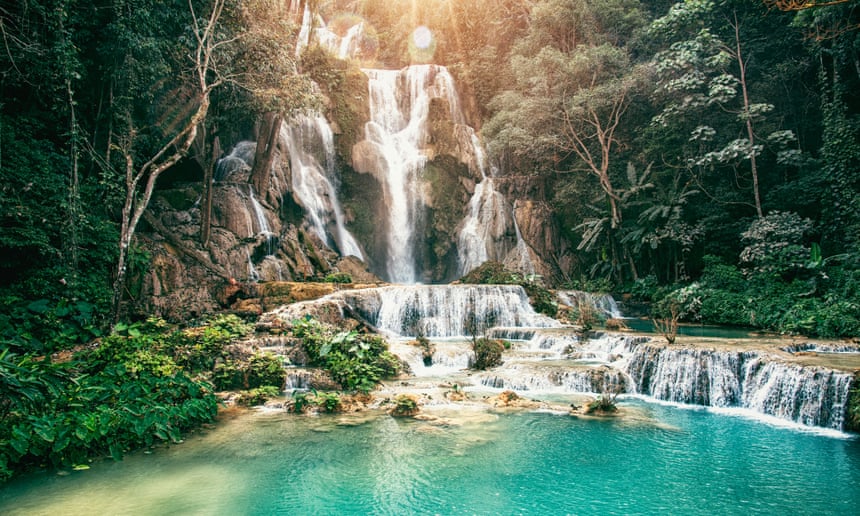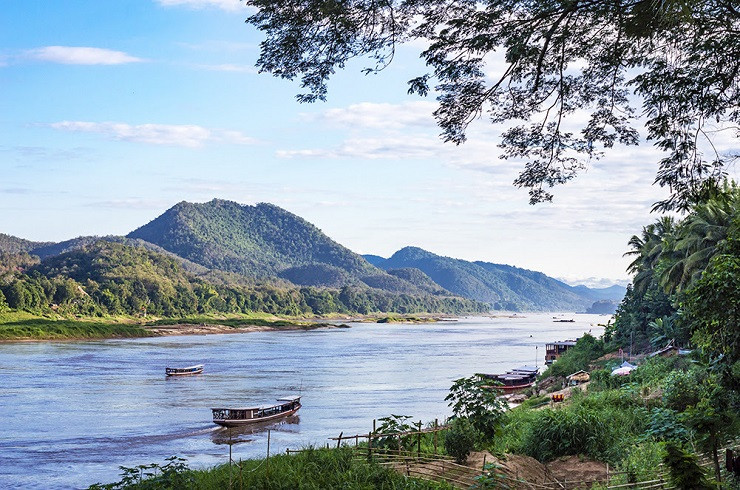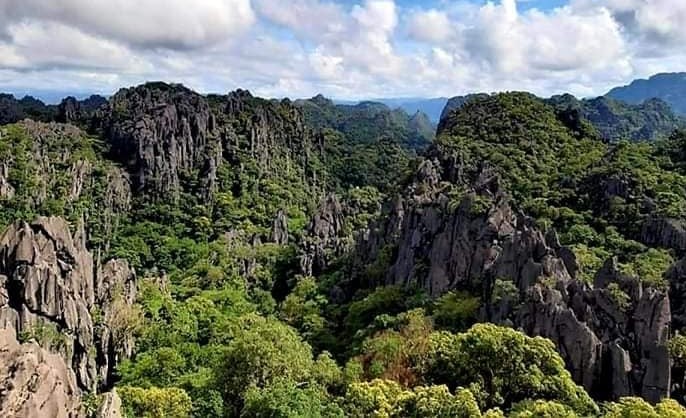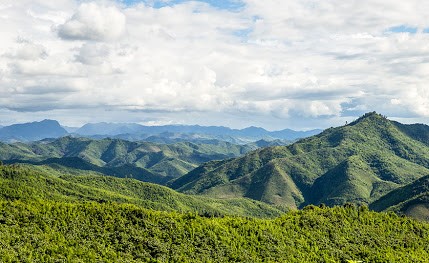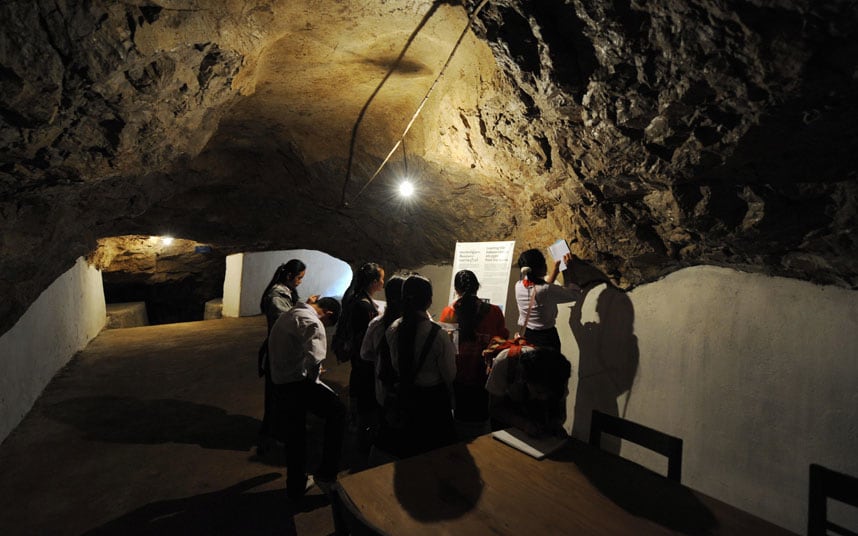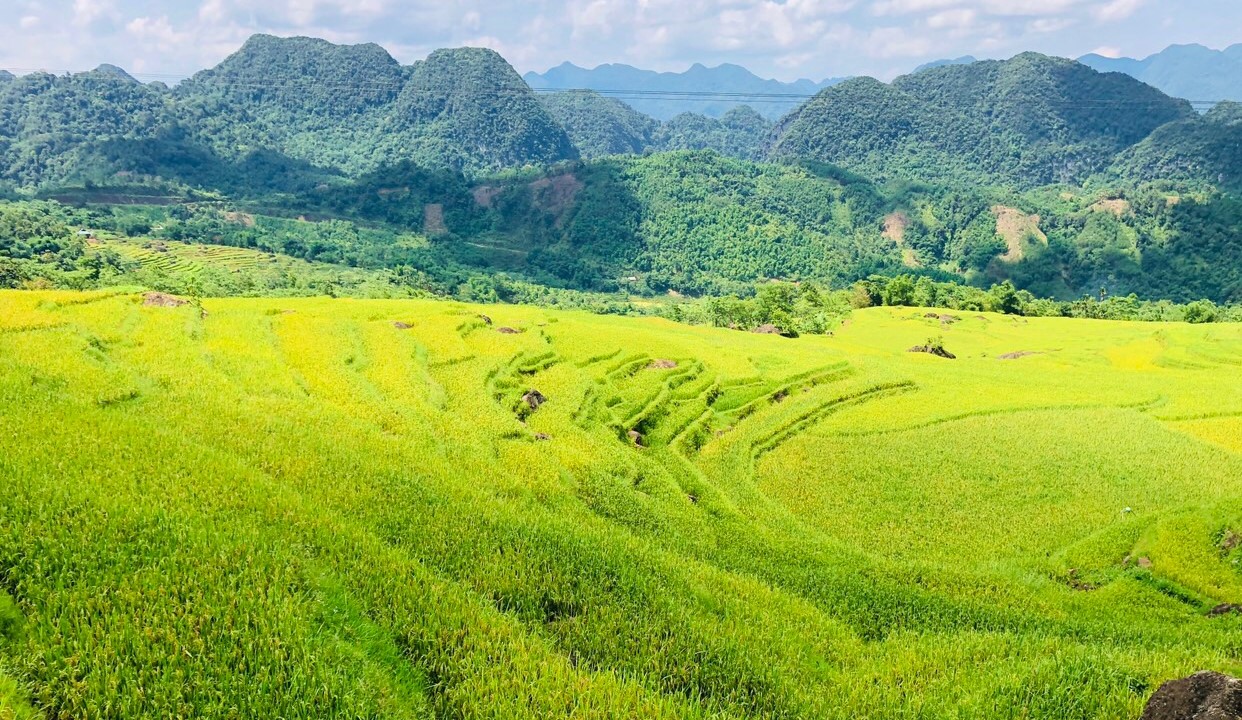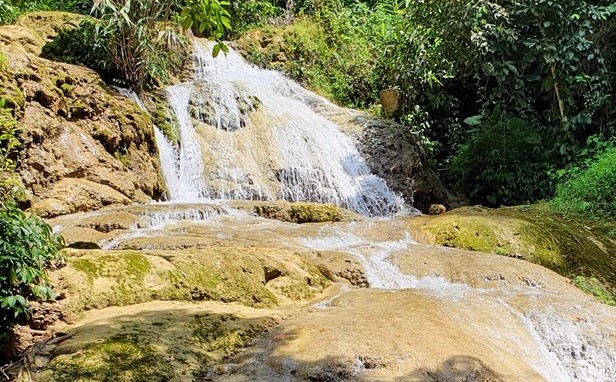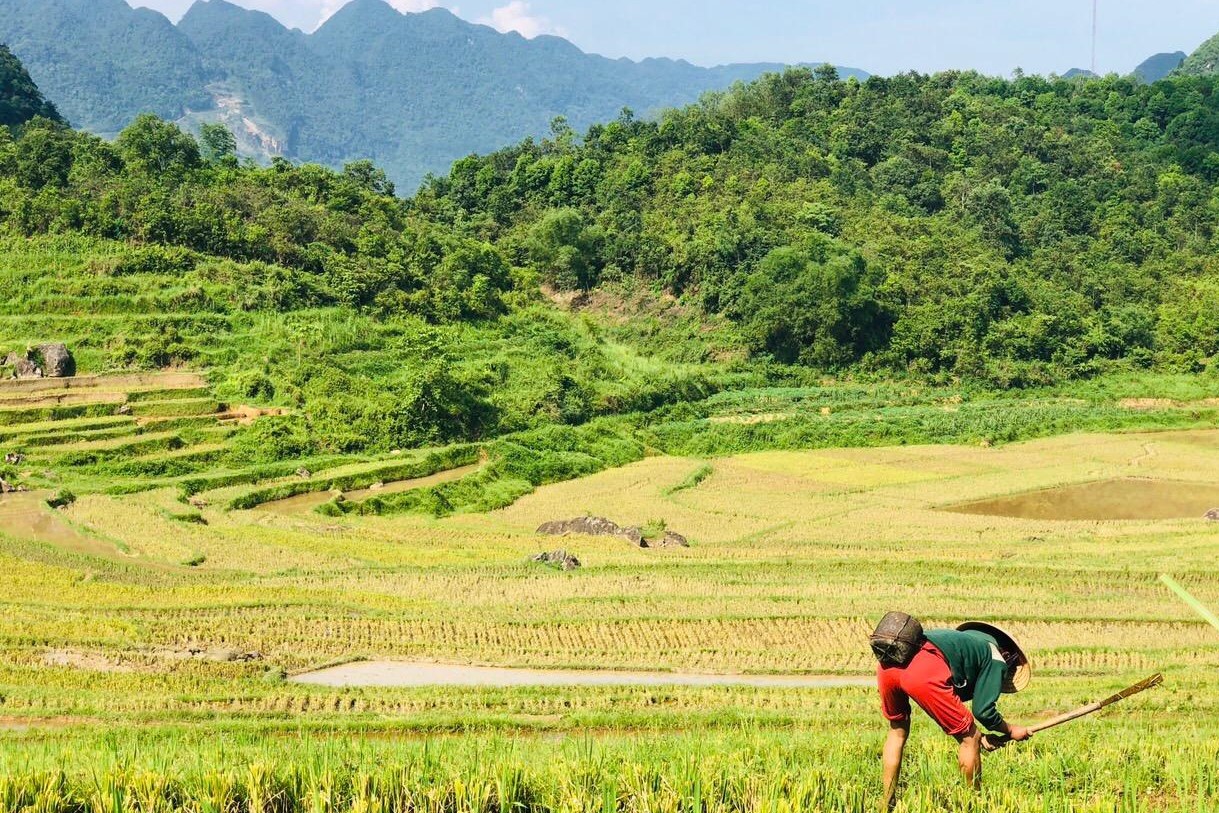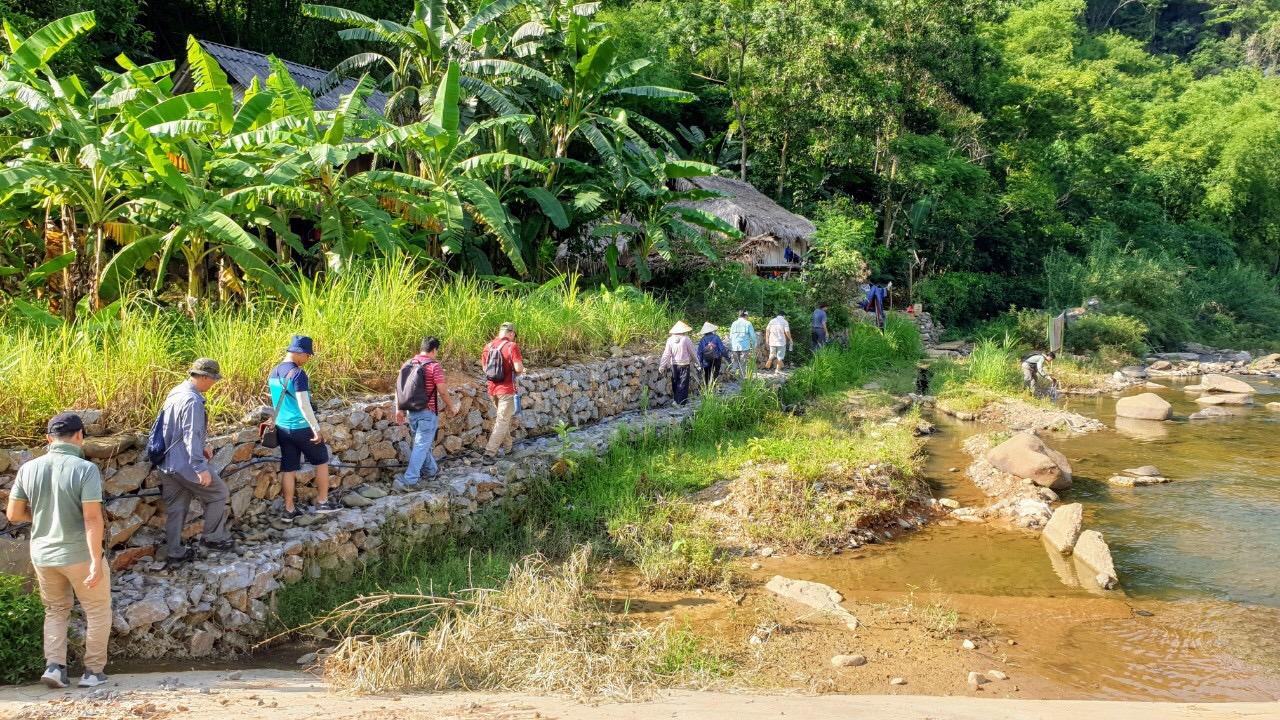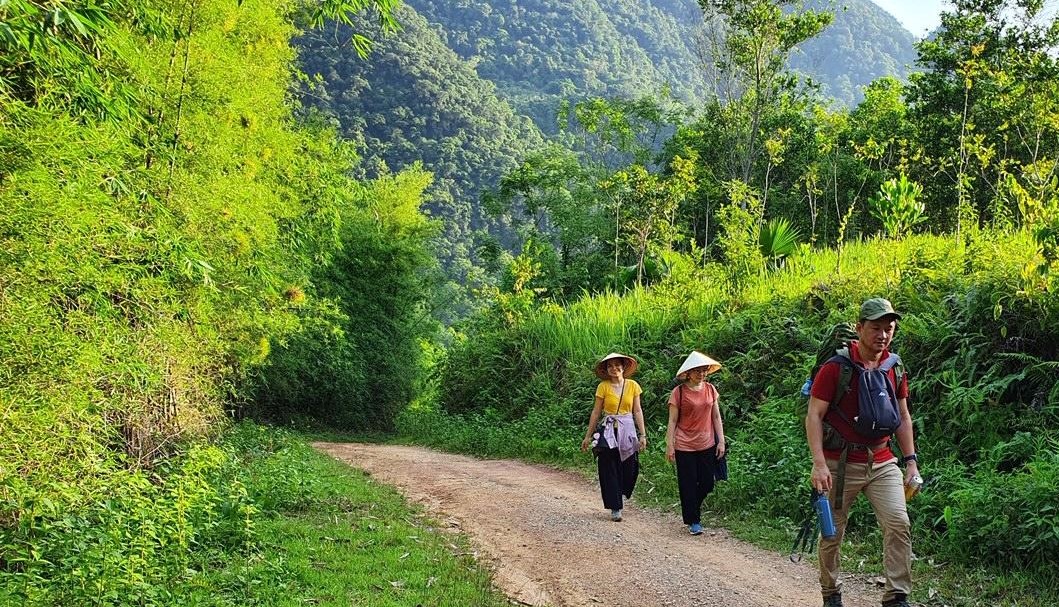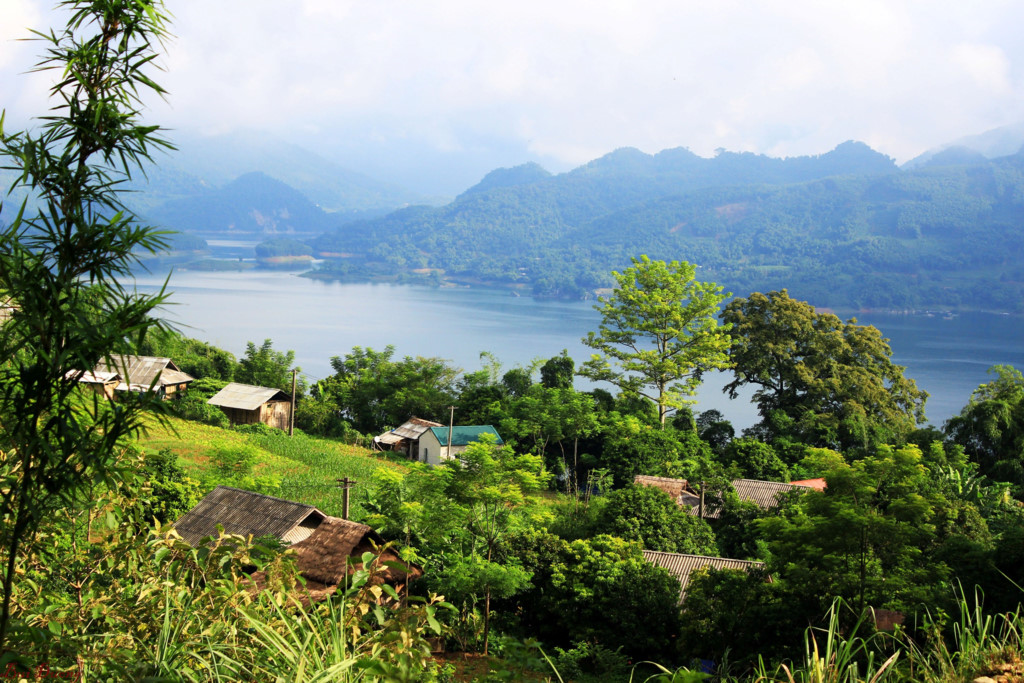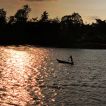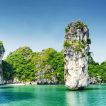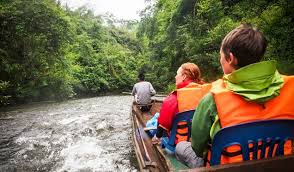
Meet with the guide and driver in the morning for a 30-minute drive in a private car or van through gorgeous mountainous landscapes, arrive at Ban Nam Poung Village, an ethnic Khmu village situated on the edge of the national protected area. Upon arrival, receive a brief orientation of the area and a description of the itinerary by the village guide, porters and cooks at the visitor centre. Hop on a hand tractor (tok tok) – a tractor for plowing rice paddies that can be converted into a transportation vehicle- and pass through this Khmu village. This is a good opportunity to see the daily village life and briefly learn about Khmu culture. The following 7km on the tok tok continues through the village’s rice and corn fields with moderate climbs. Enjoy a local picnic lunch inside a farmer’s hut. The guides will explain the different management zones of the park and how local people coexist with nature.
After lunch, start trekking into the forest following a 7km trail built and maintained by the village. This trail passes through a thick jungle and mixed deciduous forest. The local guide will point out medicinal plants and spot animal tracks and birds along the way. After approximately four hours of walking, arrive at The Nest’s campsite and be shown to the accommodation for the evening – a hanging spherical “nest”. After checking in, spend some free time to relax, bathe in the nearby river and soak up the tranquil natural setting. In the evening, enjoy a traditional Khmu dinner prepared by the village cooking group as darkness begins to settle. It’s important to take an early dinner so that the smell of food and fire is not strong while visiting the wildlife observation platform later in the evening. Dinner is eaten at the camp and is not allowed at the observation tower. After dinner, receive a briefing about wildlife viewing at the Poung Nied Salt Lick – one of the largest salt licks in the protected area. The guides will explain the species of animals that can be seen, as well as the rules and expectations for spotlighting.
Stay at the observation tower for a few hours (depending on curiosity and patience) until no later than 23:30. Overnight sleeping on the tower is not allowed in order to reduce any negative impacts and disturbances to the wildlife. The most common animals are Sambar and barking deer (AKA muntjak) and various species of civets, although, if lucky, it’s also possible to see bears, and several species of wild cats and other exotic critters. Overnight in The Nests
Note! Please wear warm clothes as it can be quite cold in the late evening/night time


